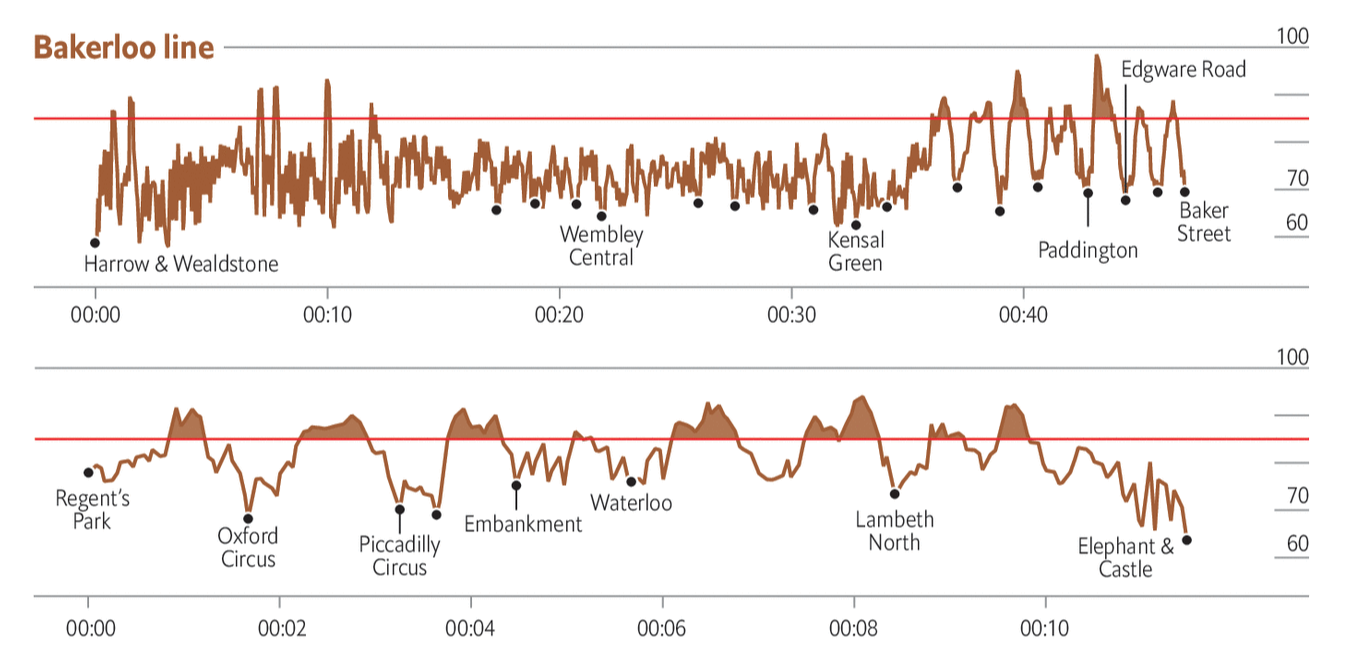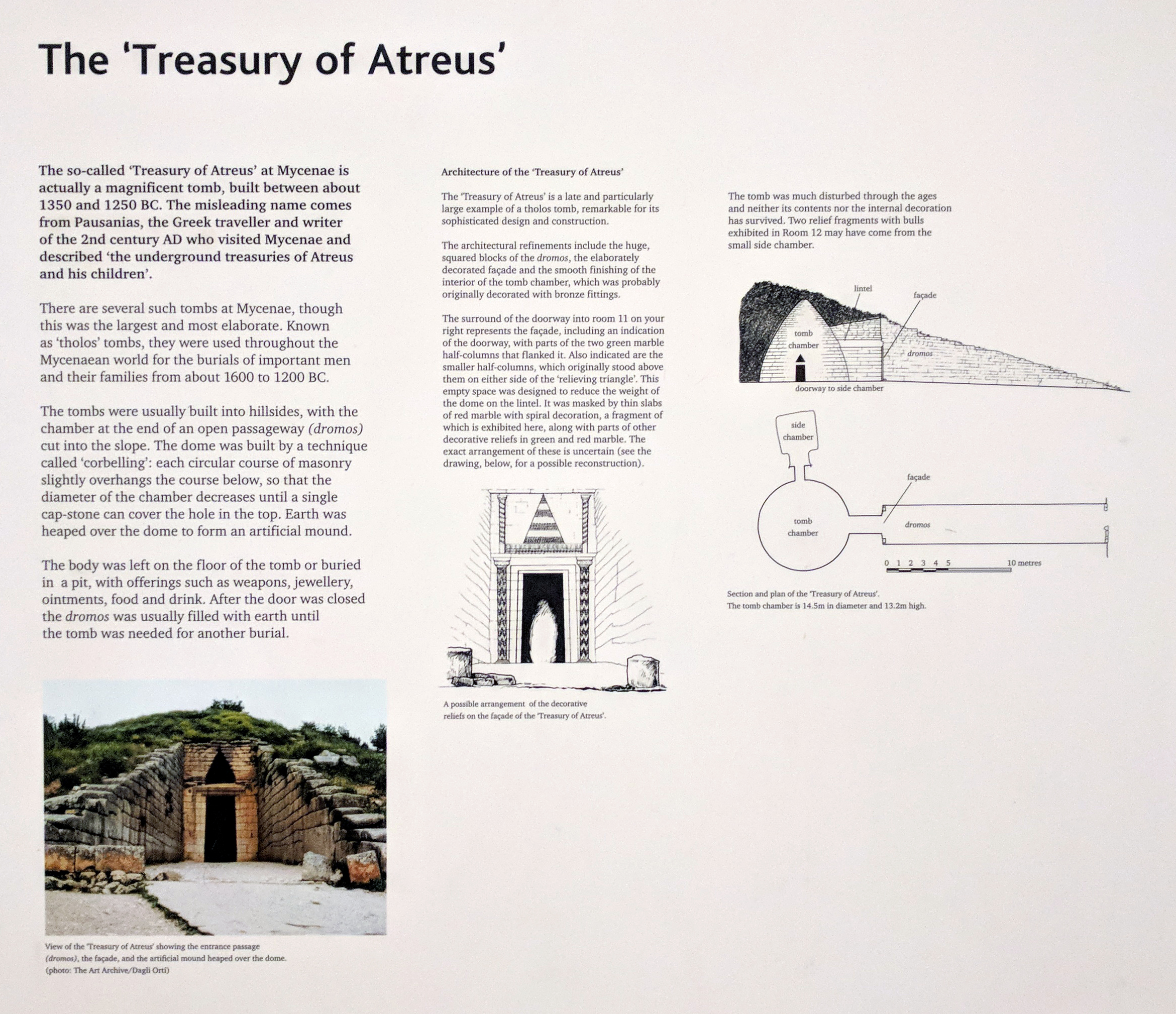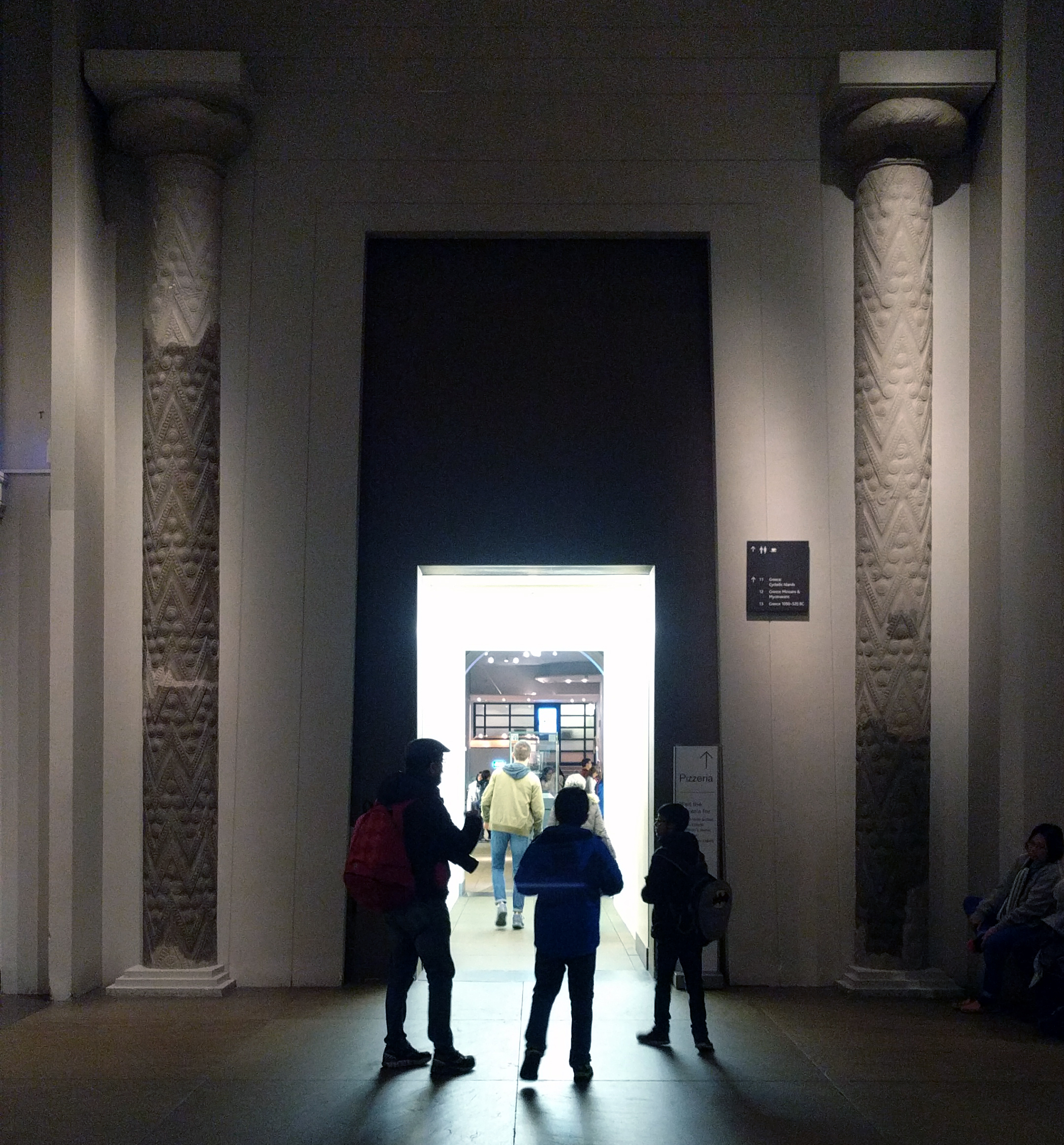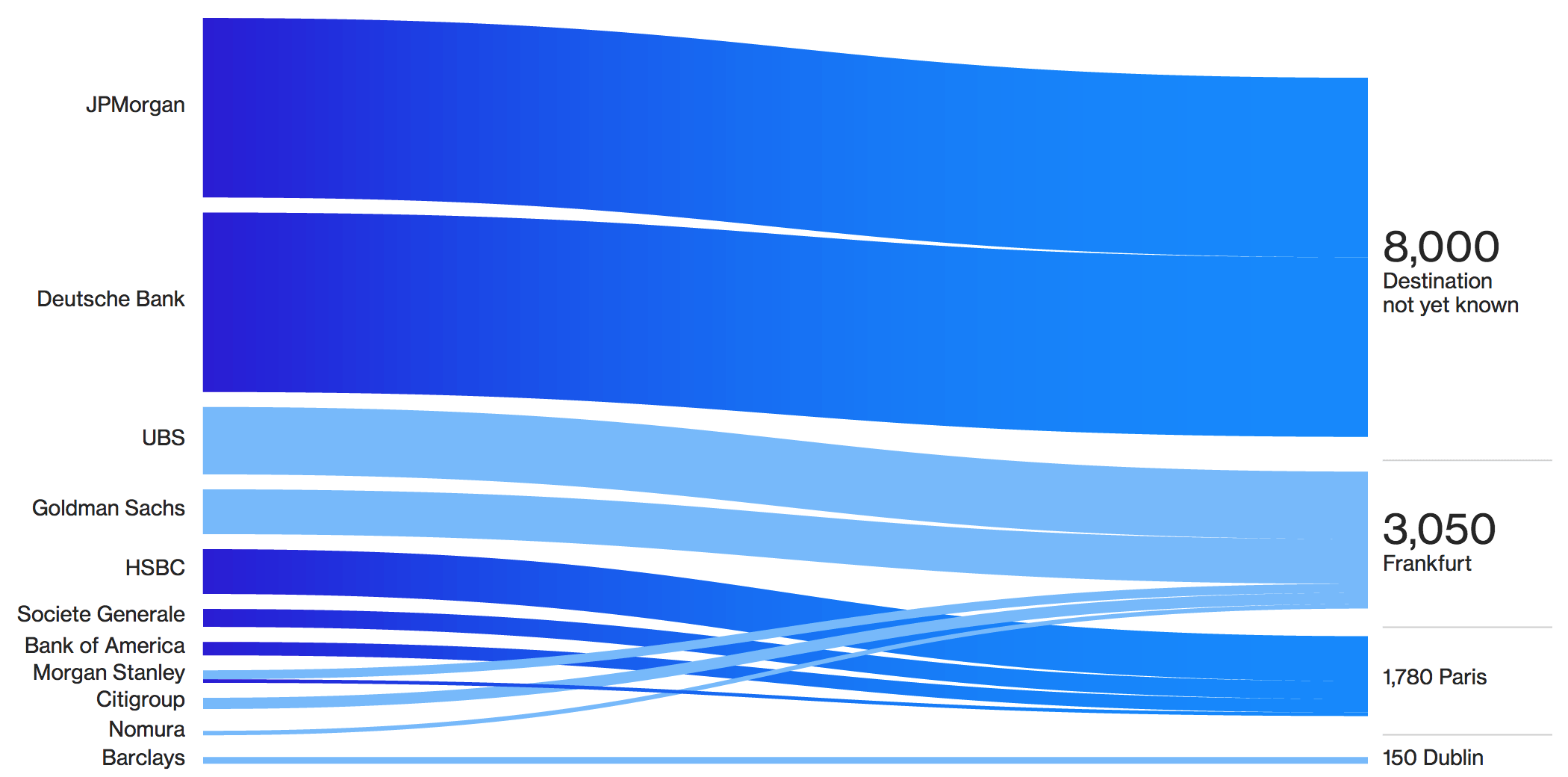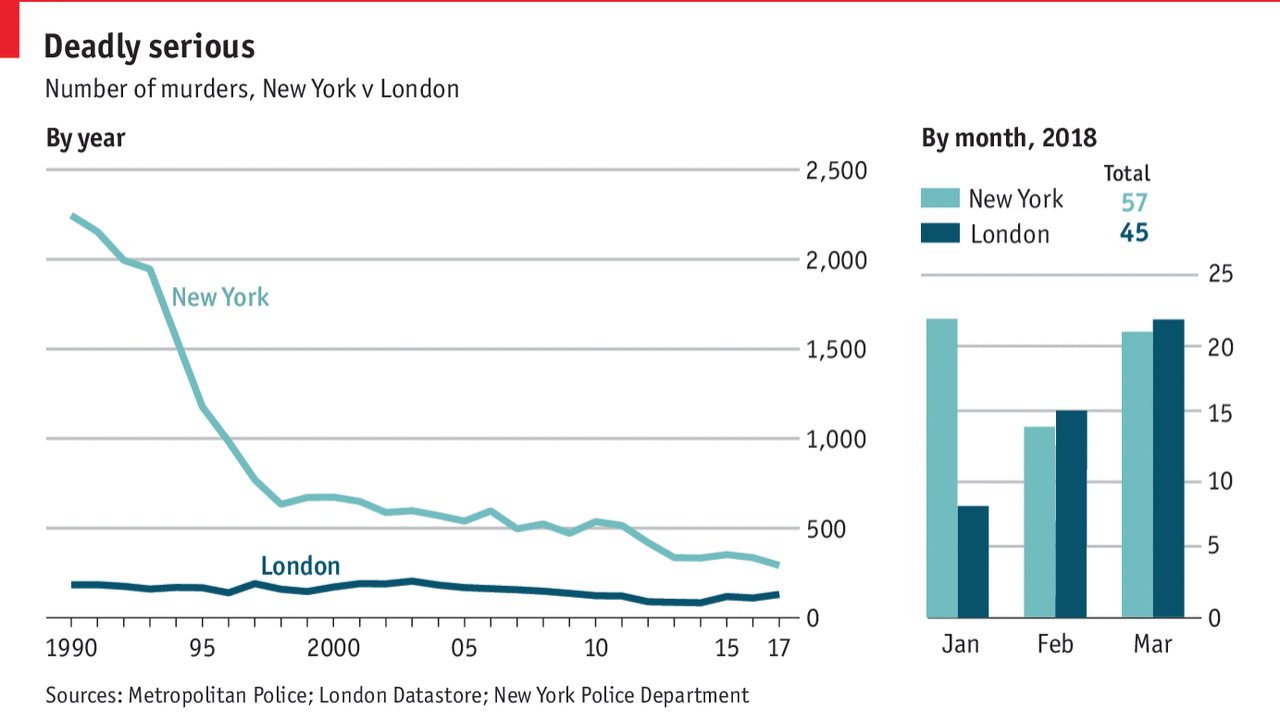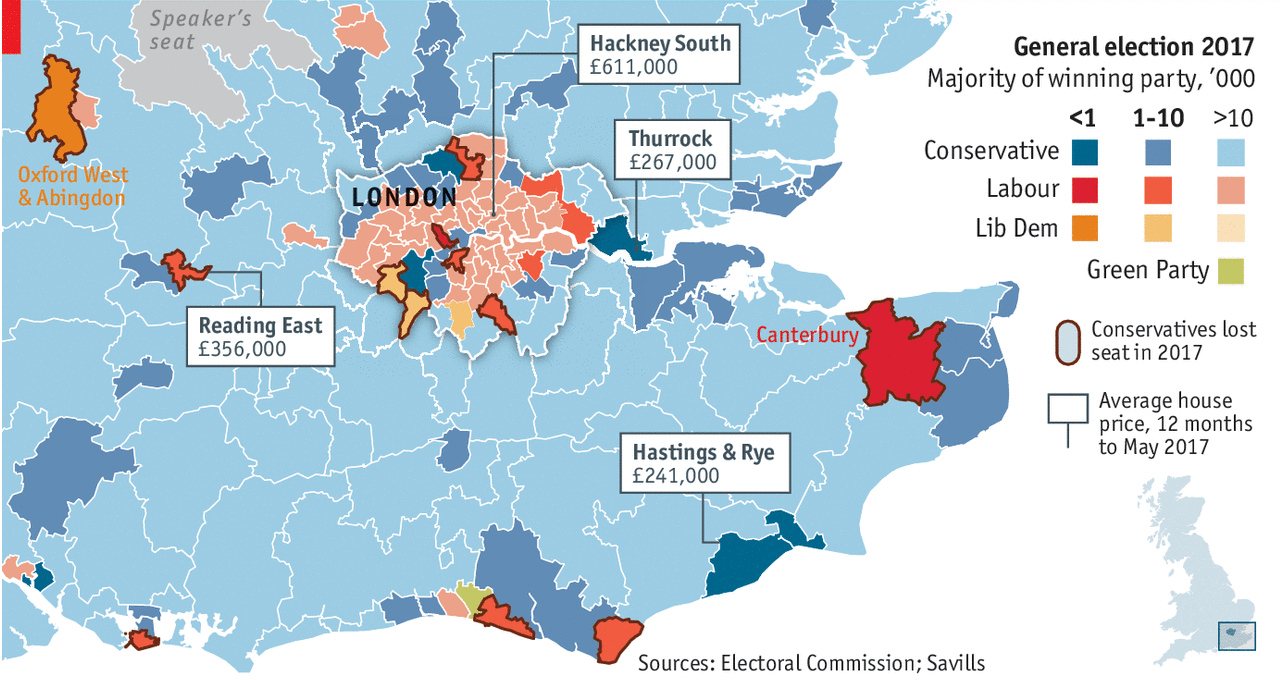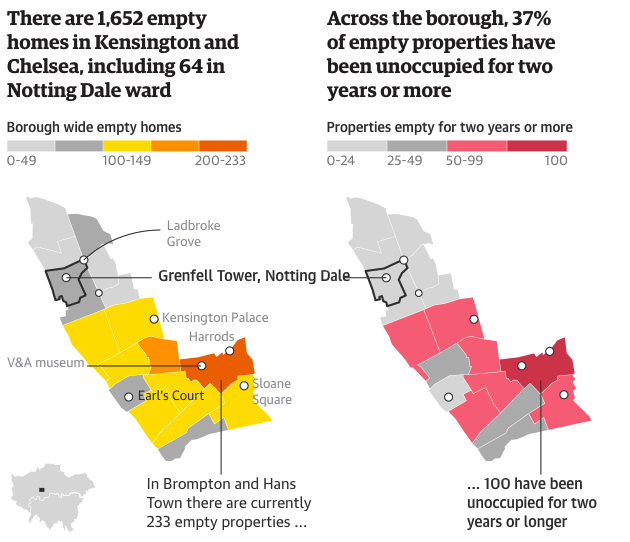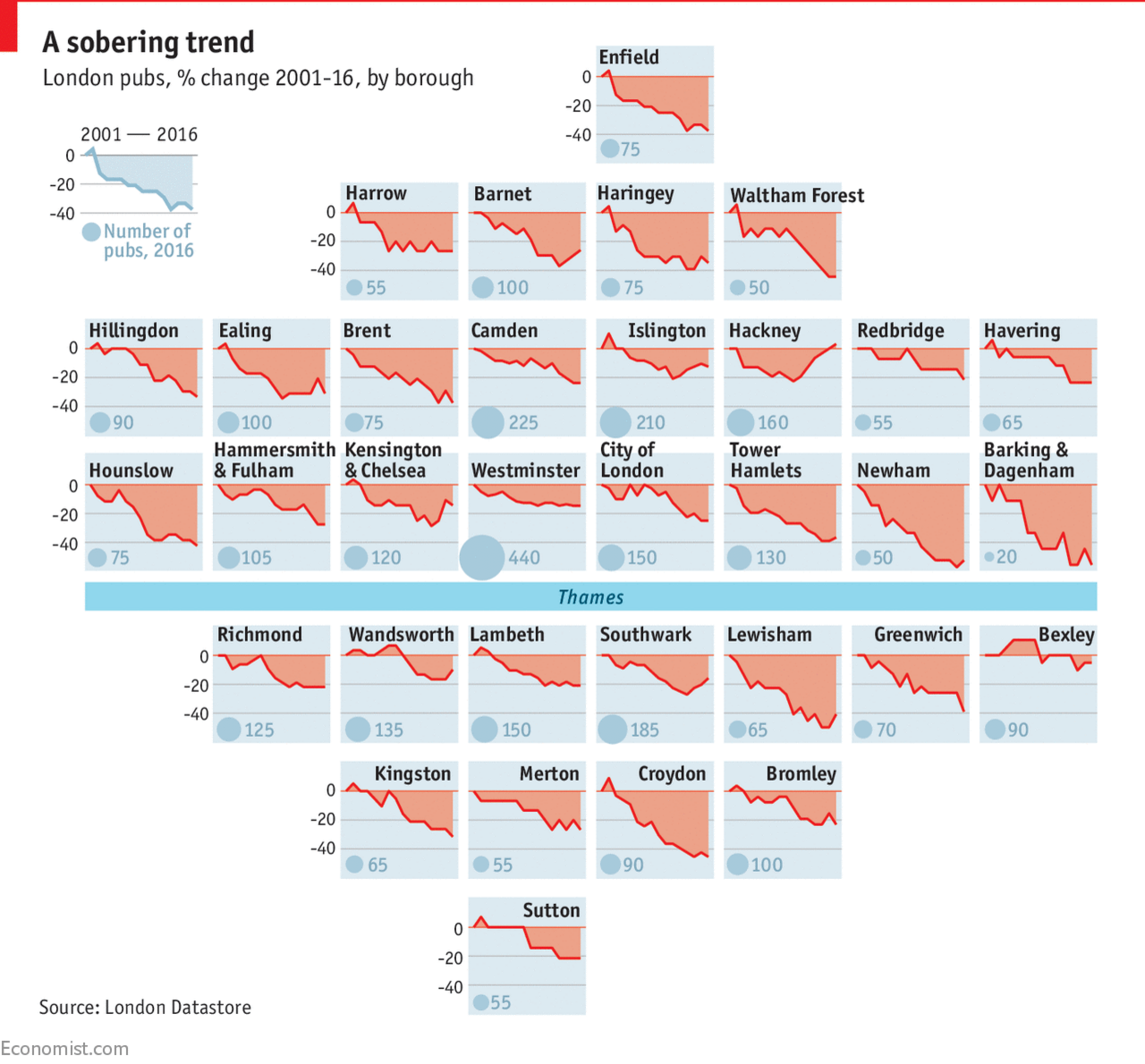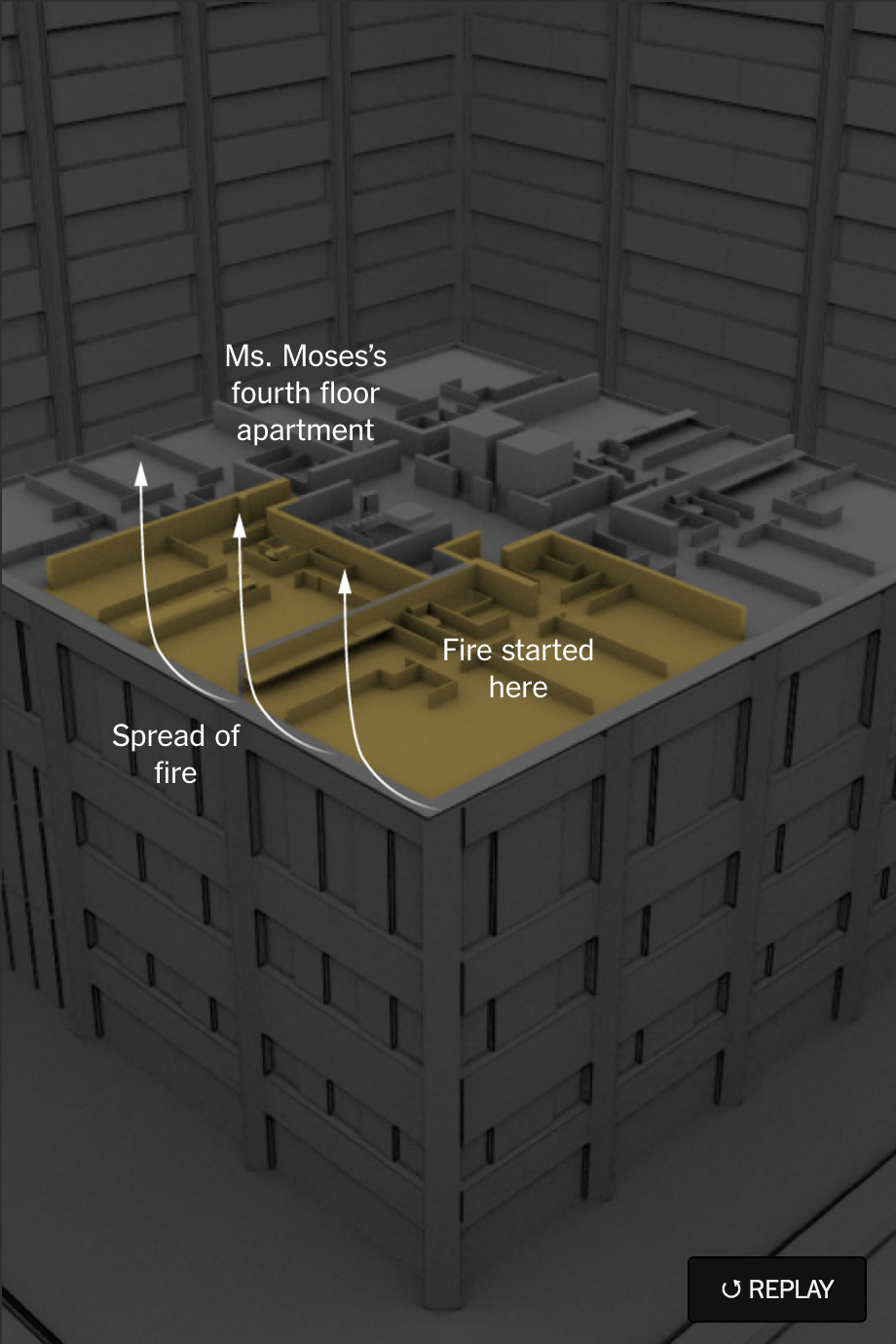Air is an art project by Marina Vitaglione and written about by the BBC. The project seeks to raise awareness of the air pollution in and around London. She used cyanotypes to capture the pollution in the area. She collected evidence of the pollution in circular areas on paper and then exposed them as cyanotypes.
Cyanotypes work by exposing a piece of paper coated in a substance that, when exposed to sunlight, turns blue. The parts protected from sunlight, in this case the pollution, stay their original colour and you are left with what here is air pollution.

This screenshot from the article compares the air pollution in Lewisham on the left to Wembley on the right. As the author explained in the article the “aesthetic, the cyan-blue tone of cyanotypes remind me of pure, cloudless skies, contrasting with the vision of grey clouds we have when we think of air pollution”.
If you want to read more about the process or see more examples of her artwork, I recommend reading through the BBC article. Or, for my London readers, you can see the artwork in person as part of the Koppel Project Exchange’s show What on Earth.
Credit for the piece goes to Marina Vitaglione.

